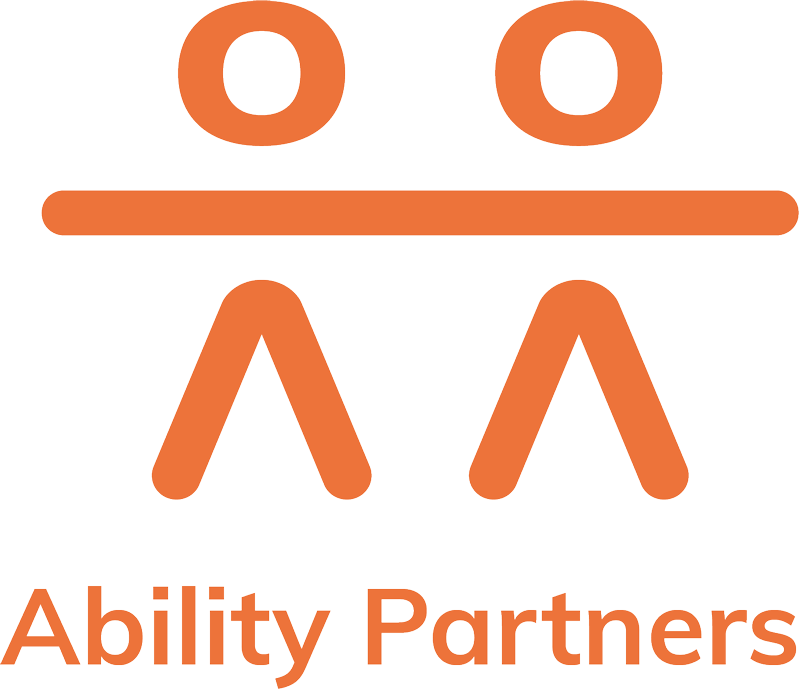From zips and clips to buckles and buttons, have you ever noticed how finicky some clothing can be to put on? Imagine having a disability that means getting dressed each day is much harder than simply deciding what to wear. Fortunately, inclusive fashion, or adaptive clothing, is on the rise and it’s more than just a trend.
What is inclusive fashion?
Inclusive fashion is specially and specifically designed for people with a disability. These clothes blend fashion and function to ensure disabled people can more easily get dressed.
One in five Australians live with a disability, so it’s essential that daptive clothing hits the shelves and becomes readily and easily available.
Examples of inclusive fashion
- Magnetic fastenings
Buttons can be fiddly at the best of times, let alone with a disability. Magnetic fastenings make doing and undoing clothes much, much simpler. (Plus the added option of feeling like a superhero when quickly ripping your shirt open!) - Shoes without laces
If you only have one hand, or no hands, or limited dexterity, tying your laces is not the sort of challenge you want to start your day with. Slip on shoes or shoes with Velcro are a much better fit. - Seated wear
Many clothes are restrictive and uncomfortable for wheelchair users. Seated wear is designed for people in wheelchairs and includes features such as flexible wasitbands, and seamless backs which removes the seams and pockets typically sat upon, as these can lead to pressure sores. - Open back clothing
Open back clothing is particularly useful for people who need help getting dressed by a caregiver. These clothes look like everyday clothing, but the open back design helps the caregiver to dress the disabled person with more ease. - Tailored shoes and unpaired shoes
So many people have different sized feet, or are crippled with arthritis, meaning buying a standard pair of shoes will always leave them wanting. - No tags
As a kid, did anyone else get their parents to remove their clothing tags before they would wear them? Not only can tags be annoying, many people are sensitive to certain fabrics. Inclusive fashion often screen prints labels, avoiding the need for physical tags.
Inclusive clothing brands
Disabilty rights campaigner and writer, Elly Desmarchelier, has written about a time when inclusive fashion was “only available in medical stores.”
“These stores always looked like giant pharmacies, the clothes section often found somewhere between toilet frames and bathroom aids,” write Elly.
No longer do disabled people need to venture to the these grim, grey warehouses!
Labels such as Nike and Tommy Hilfiger now have inclusive ranges.
But you can’t go past a home grown, good old fashioned (or new fashioned, we suppose) Australian start up like JAM the Label.
JAM was founded by Emma and Molly, two young Occupational Therapists who saw a serious need in the Australian market for on trend, inclusive clothing. They want to ensure young people with disability have access to fashion that hasn’t been compromised by functionality.
You can purchase JAM from their website or from The Iconic.
Can able bodied people wear inclusive clothing?
Molly and Emma at JAM strongly believe anyone can wear inclusive clothing.
“Adaptive and inclusive clothing is absolutely for everyone! At JAM we use universal design principles which benefit everybody. We refer to our clothing as inclusive because it includes people with disability, it doesn’t segregate them. We think that’s true inclusion and that’s the ultimate goal,” explain Molly and Emma.
“Our inclusive adaptations benefit lots of people – for example, our magnetic closures are perfect for breastfeeding parents as well as those with limited fine motor skills or those with intellectual disability who have trouble with buttons.”



